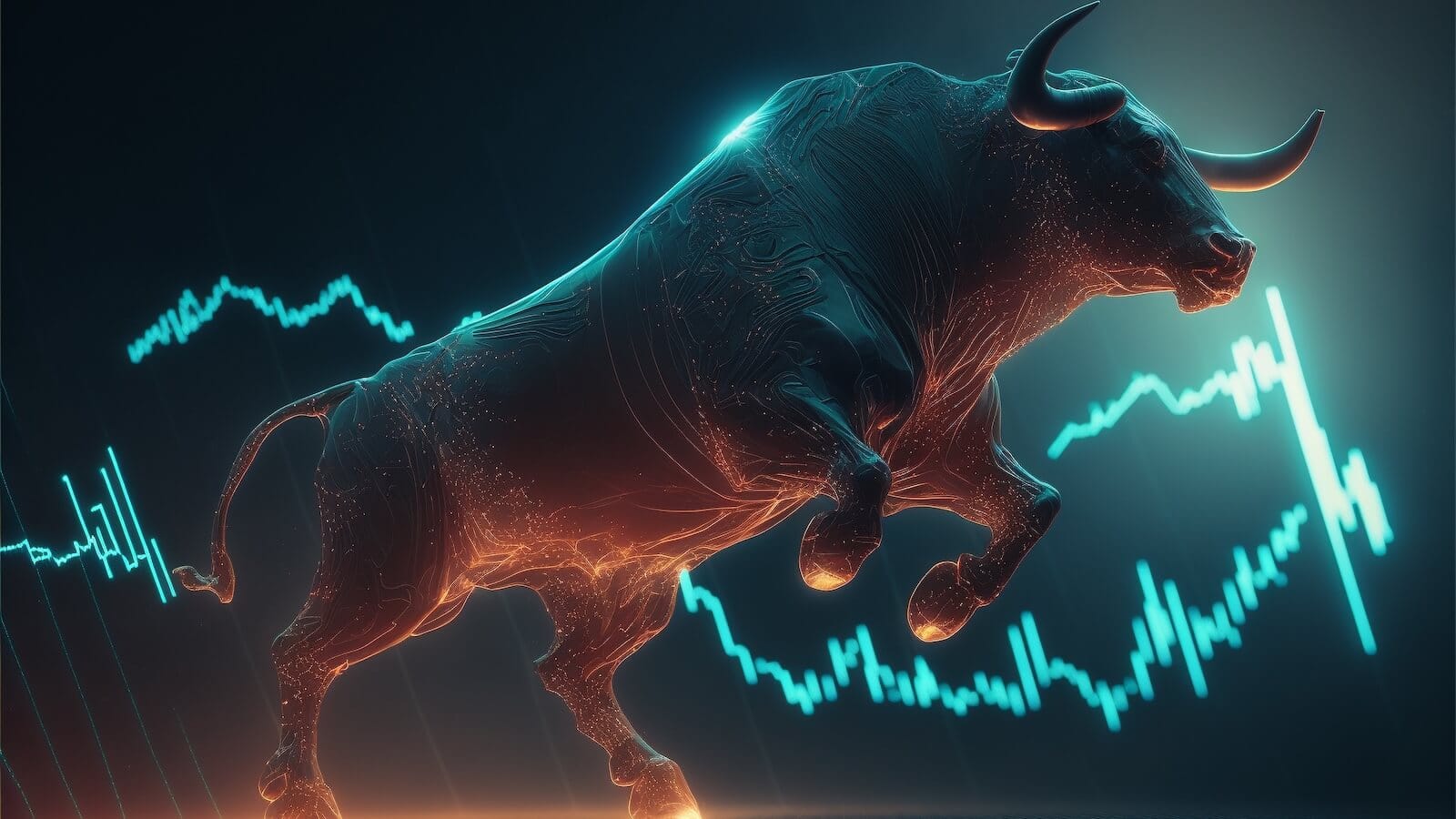CORRECTION: NYSE BULLISH PERCENT INDEX IS STILL UP BUT REMAINS IN OVERBOUGHT TERRITORY -- FRIDAY'S PRICE GAIN CAME ON VERY LIGHT VOLUME -- CONSUMER STAPLES WERE WEEK'S TOP SECTOR
NYSE BULLISH PERCENT INDEX IS STILL UP... My Thursday Market Message incorrectly stated that the NYSE Bullish Percent Index had turned down. Unfortunately, the chart I showed was the point & figure chart of the NYSE Composite Index which did turn down. Chart 1 shows that happening this week when the rising x column reversed into a falling zero column (prices must reverse by three boxes to reverse direction). That simply means that the short-term trend for the NYSE has turned down. Chart 2 shows the NYSE Bullish Percent Index ($BPNYA) still in an uptrend which started during December. In order to turn down, the BPNYA would have to drop six points (or three boxes) from 78 to 72 to reverse to the downside (each box is worth two points). The BPNYA, however, remains in overbought territory.

(click to view a live version of this chart)
Chart 1

(click to view a live version of this chart)
Chart 2
NYSE BULLISH PERCENT INDEX IN OVERBOUGHT TERRITORY... The BPNYA measures the percent of NYSE stocks that are in point & figure uptrends. Although its trend is still up, it has reached overbought territory. Chart 3 shows the BPNYA over the last five years swinging between oversold extremes below 20 during 2009 and late 2011 which marked market bottoms. Readings over 75 (red line) have marked overbought conditions which have usually led to a market pullback or consolidation. A drop in the black line has been an early warning that a downside correction is near. So far the downturn hasn't happened. But it's at a point where the BPNYA bears close watching.

(click to view a live version of this chart)
Chart 3
FRIDAY BOUNCE WAS ON LIGHT VOLUME... The daily bars in Chart 4 show the S&P 500 SPDRs (SPY) rebounding on Friday to prevent a further selloff . Unfortunately, that price rebound took place on very light volume. Compare the size of Friday's small (green) volume bar to the much bigger (red) selling bars at mid-week. The light volume raises doubt about the staying power of Friday's bounce. The hourly bars in Chart 5 give a closer picture of this week's price action in the SPY. Prices bounced from initial chart support along its early February low just below 150 (see green line). The SPY needs to stay above the February lows to prevent a downside correction. The red bars to the right reflect Fibonacci retracement levesl following the mid-week selloff. The 62% line near 152 (upper red line) could provide some short-term selling pressure.

(click to view a live version of this chart)
Chart 4

(click to view a live version of this chart)
Chart 5
POWERSHARES QQQ TRUST ALSO BOUNCES ON LIGHT VOLUME... The daily bars in Chart 6 show the PowerShares QQQ Trust (QQQ) bouncing off trendline support and its 50-day average on Friday. The QQQ remains above gap support formed at the start of the year. There again, trading volume was unusually light. That suggests that Friday's rebound was weaker than it appears.

(click to view a live version of this chart)
Chart 6
CONSUMER STAPLE LEADERS... Another sign that traders are getting a bit more defensive is that the three top sectors this week were consumer staples, utilities and healthcare. The weakest were economically-sensitive groups like materials, discretionary, and industrials. Staple leaders were in brewing, tobacco, soft drinks, personal products, and food. Four stock standouts from those groups are shown below. The weekly bars in Chart 7 show Molson Coors Brewing (TAP) surging to a two-year high. Chart 8 shows Pepsico (PEP) hitting a new record. The stock has been an underachiever up until now. Chart 9 shows Colgate-Palmove (CL) also surging this week to a new record. Kroger (KR) also has an impressive long-term chart. The monthly bars in Chart 10 show the food stock breaking out of a huge "symmetrical triangle" going back to 1998.

(click to view a live version of this chart)
Chart 7

(click to view a live version of this chart)
Chart 8

(click to view a live version of this chart)
Chart 9











